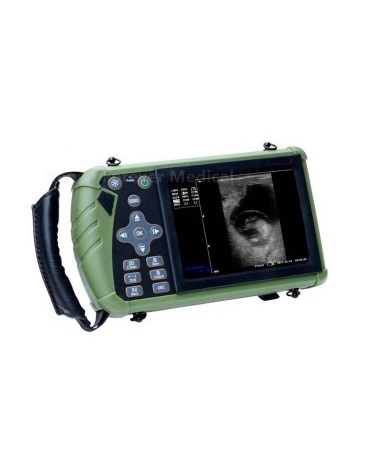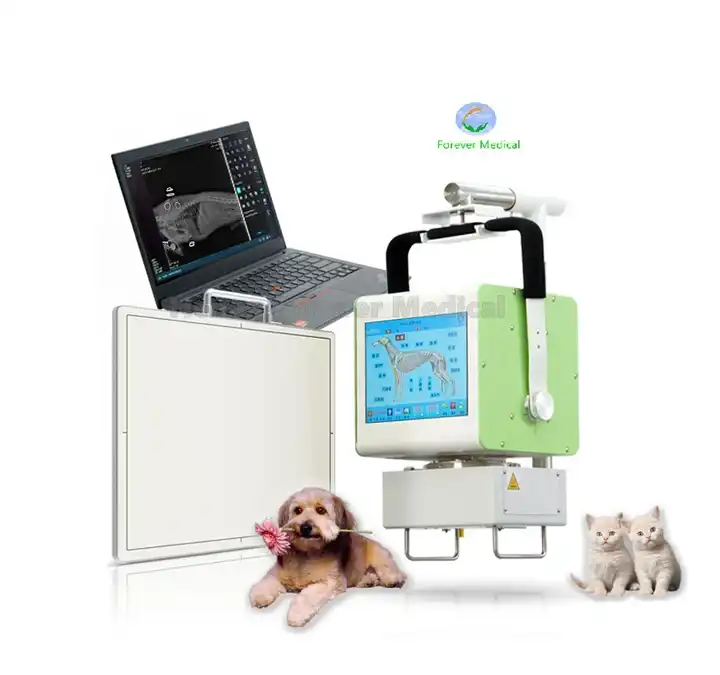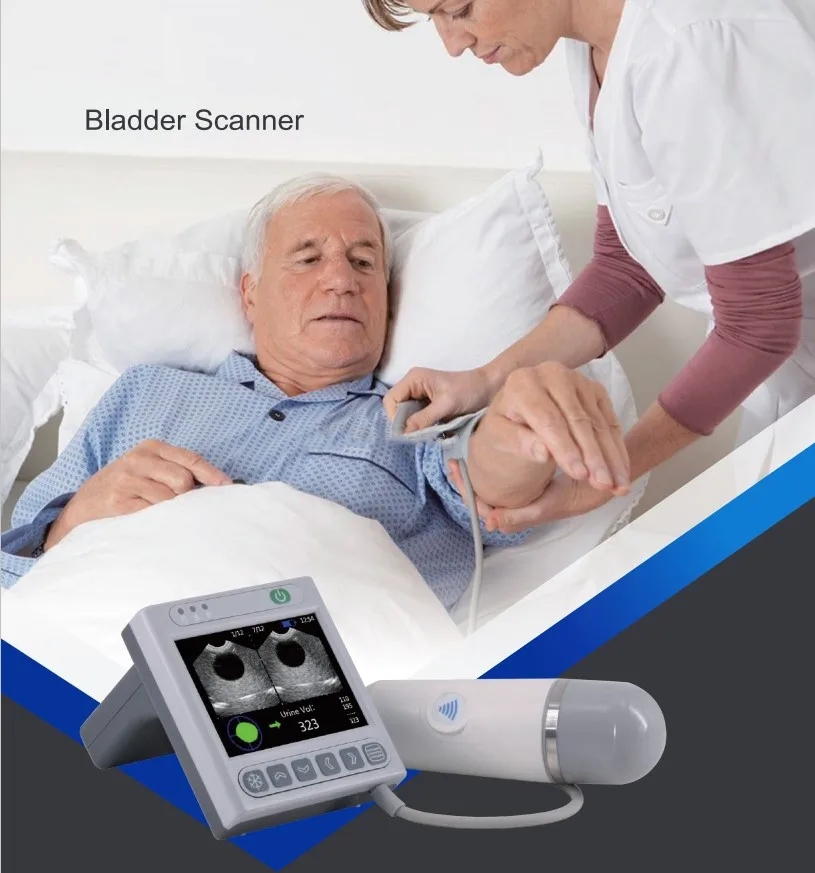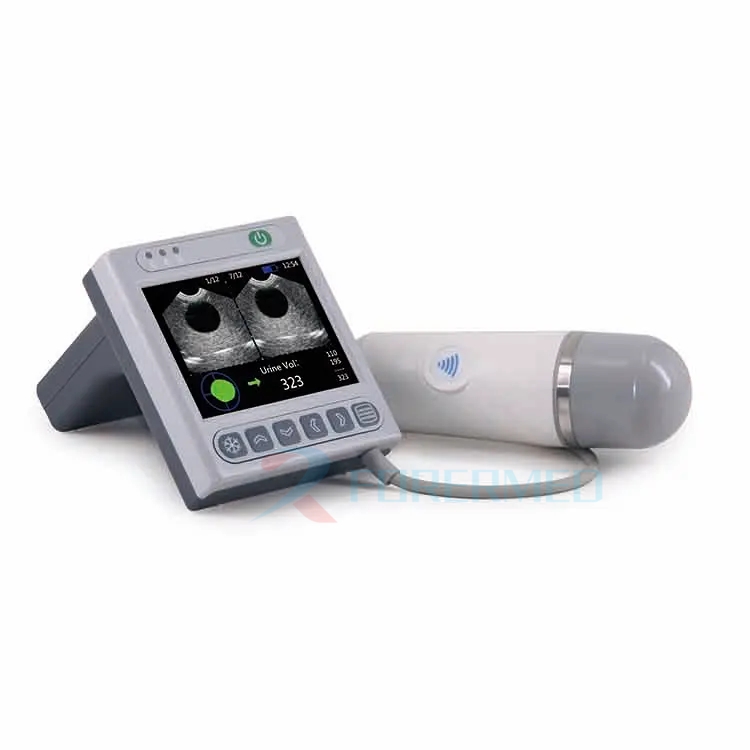-

The help of B-ultrasound for sheep to the slaughter of mutton sheep
At present, sheep farms and sheep farmers often choose two types of fattening flocks, one is the eliminated male and ewe sheep, and the other is the non-backup male and ewe sheep after weaning. Choose different types of fattening sheep The weight gain effect and feed remuneration of the sheep are different in different growth and development stages. Before fattening, it is best to use B-ultrasound to observe the backfat thickness and other indicators for judgment. Select the eliminated adult rams and ewes for fattening. Since the body shape of the sheep has been finalized, the main task of the fattening at this time is to feed and fatten and improve the quality of the meat. Generally, short-term fattening is used for 1-2 months, and the fattened mutton sheep reach the middle-to-high level. If the fattening time is too long, not only the feed remuneration will be reduced, but the feeding cost will be increased, and when the sheep are checked with B-ultrasound, it will be found that the backfat of the sheep is too thick. On the contrary, it will make the meat thicker, increase the taste, and reduce the quality of the meat. Choose non-backup rams and ewes...
-

Portable X-ray Machine Brings Convenience to Veterinary Medicine
In recent years, the development of vet xray machine has brought significant changes to the field of veterinary medicine. This technology has made it possible for vets to diagnose and treat animals more conveniently and quickly, while also improving the overall quality of animal healthcare. One of the main benefits of a portable X-ray machine is its mobility. Unlike traditional X-ray machines which are bulky and often require a dedicated room, portable machines are lightweight and easy to move. This means that vets can bring the machine directly to the animal, whether it is in a clinic setting or out in the field. This is particularly important for treating large or immobile animals such as horses or livestock, where moving them to a clinic for an X-ray can be difficult and risky. Another advantage of portable X-ray machines is their versatility. They can be used to diagnose a wide range of conditions, from bone fractures to organ problems. This allows vets to quickly and accurately identify the cause of an animal’s symptoms, leading to...
-

Emerging Trends in Hospital Applications of Ultrasonic Bladder Scanners
Improving Patient Care and Diagnostic Accuracy in Modern Healthcare The use of ultrasonic bladder scanners in hospitals is rapidly gaining momentum as healthcare providers embrace advanced diagnostic technologies to enhance patient care. These innovative devices, known for their non-invasive nature and accurate measurements, are revolutionizing the way urinary conditions are diagnosed and managed. In this news release, we explore the emerging trends in the application of ultrasonic bladder scanners in hospital settings, highlighting the transformative impact they have on healthcare outcomes. One of the key trends observed in hospital applications is the integration of ultrasonic bladder scanners into routine clinical practice. As the demand for quick and accurate assessments of bladder volume continues to grow, healthcare facilities are increasingly incorporating these scanners into their standard protocols. By providing real-time images and precise measurements, bladder scanners enable healthcare professionals to make informed decisions regarding treatment plans, medication adjustments, and potential interventions, ultimately improving patient outcomes. Another trend is the utilization of ultrasonic bladder scanners in perioperative care. Surgical procedures often require accurate assessments of bladder volume to ensure patient safety and optimize surgical outcomes. Bladder scanners play a crucial role in this regard by allowing healthcare providers to assess bladder capacity...
-

Bladder Scanner: Revolutionizing Non-invasive Diagnostic Imaging
Introduction: In the field of medical imaging, the bladder scanner has emerged as a groundbreaking device that revolutionizes the way we diagnose urinary disorders. This non-invasive tool enables healthcare professionals to accurately assess bladder volume and diagnose various conditions without the need for invasive procedures. In this article, we will explore the capabilities, benefits, and applications of the bladder scanner, highlighting its significant contribution to modern medical practices. Overview of Bladder Scanner: A bladder scanner is a portable ultrasound device specifically designed to measure the volume of urine present in the bladder. The scanner utilizes ultrasound waves to obtain real-time images of the bladder, allowing healthcare providers to assess its size and shape. By employing advanced imaging technology, the scanner provides accurate and reliable measurements, aiding in the diagnosis and management of urinary conditions. How it Works: The bladder scanner operates on the principle of ultrasound imaging. It emits high-frequency sound waves that penetrate the body and bounce back when they encounter different tissues. The scanner’s transducer captures these echoes and transforms them into detailed images of the bladder. The device then calculates the bladder volume using sophisticated algorithms based on the acquired images. The entire process is quick, painless,...
-
Recent Developments in the US Healthcare Industry: November 2023 News Highlights
Introduction: November 2023 witnessed significant advancements and updates in the United States healthcare industry. From breakthrough medical treatments to policy changes, this article highlights some of the noteworthy news that shaped the landscape of healthcare during this month. Breakthrough in Gene Therapy: In November 2023, a major breakthrough was achieved in the field of gene therapy. Researchers at a leading medical institute successfully used gene editing technology to treat a rare genetic disorder. This groundbreaking achievement opens new possibilities for personalized medicine and offers hope for patients with previously untreatable genetic conditions. Expansion of Telehealth Services: Amid the ongoing COVID-19 pandemic, the popularity and accessibility of telehealth services continued to expand. Several states in the US implemented policies to ensure insurance coverage for virtual healthcare visits. This move aims to improve access to healthcare, particularly in rural areas and underserved communities, while also reducing the burden on traditional healthcare facilities. Advancements in Artificial Intelligence (AI) Applications: AI continued to make strides in the healthcare sector during November 2023. Researchers developed machine learning algorithms that can accurately predict the progression of certain diseases, such as cancer and Alzheimer’s, based on patient data. These AI-driven models have the potential to revolutionize early...
-
The Vital Role of Animal ICUs Incubators in Saving Lives
Introduction: In the world of veterinary medicine, the use of animal ICUs (Intensive Care Units) and incubators has become increasingly crucial in providing specialized care and saving the lives of critically ill animals. These advanced medical technologies offer a controlled environment and essential support systems that promote healing and recovery. This article aims to explore the functionality and significance of animal ICUs and incubators in veterinary practice. Body: Temperature and Humidity Control: Animal ICUs and incubators play a vital role in regulating temperature and humidity levels to create an optimal environment for the animal’s recovery. These devices provide precise control over ambient conditions, ensuring that the animal’s body temperature remains stable. Maintaining a consistent and appropriate temperature is crucial for recovery, especially for neonatal animals and those with compromised immune systems. Oxygen Therapy: ICUs and incubators are equipped with oxygen supply systems that deliver supplemental oxygen to animals with respiratory distress or compromised lung function. This feature aids in oxygen saturation, alleviating breathing difficulties and enhancing the animal’s overall well-being. Oxygen therapy is particularly critical for animals with pneumonia, near-drowning incidents, or those recovering from anesthesia. Monitoring and Diagnostic Tools: Animal ICUs and incubators are equipped with an array of...
If you have any question, please contact us





